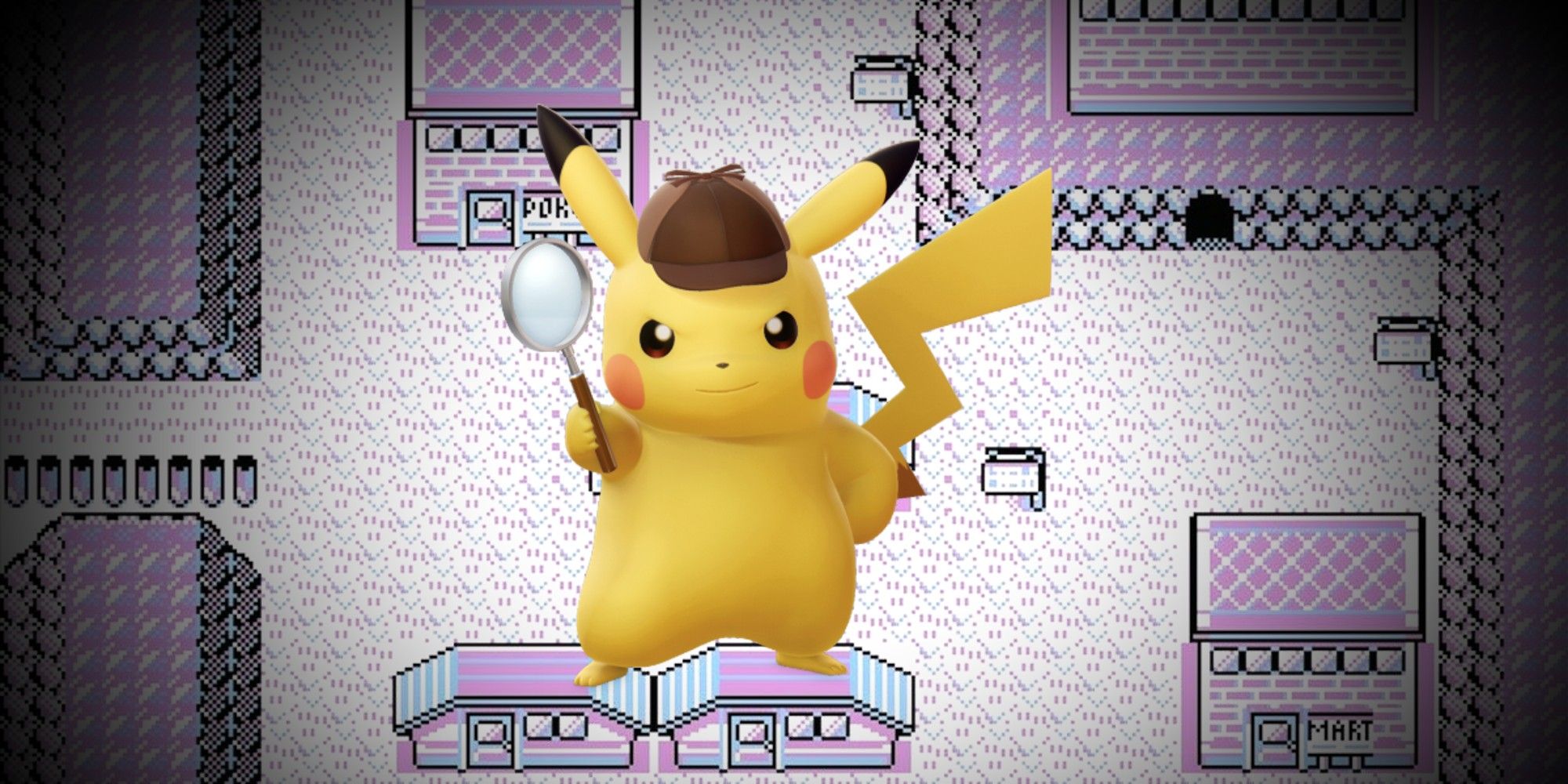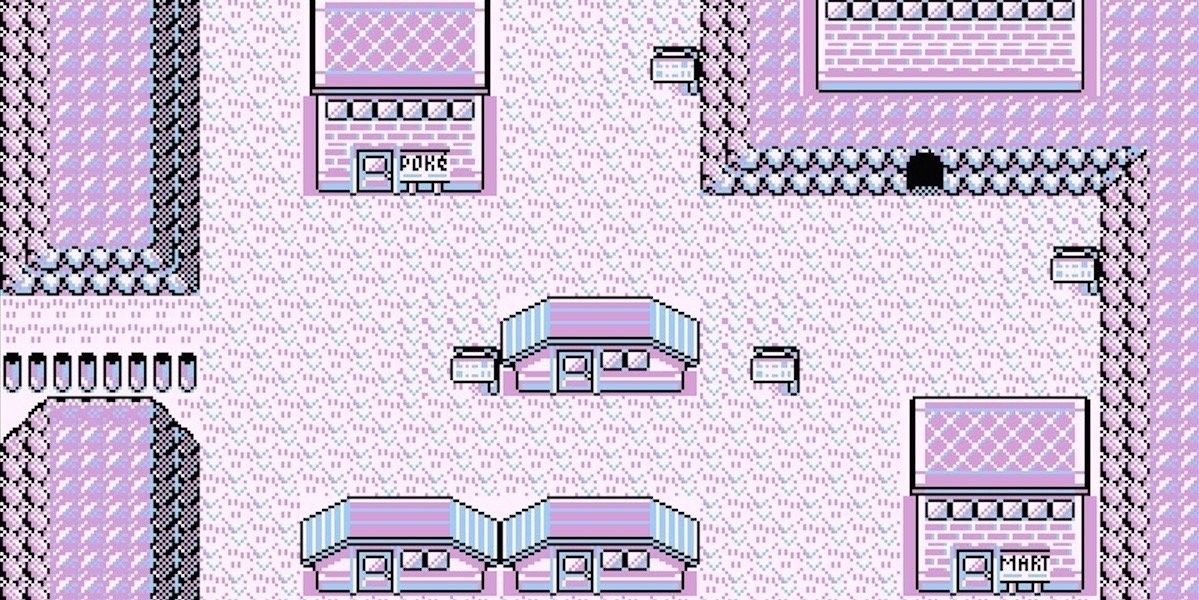Fans who grew up playing the first series of Pokémon games on the Nintendo Game Boy are likely to recall the spooky setting of Lavender Town, home to the 7-story Pokémon Tower filled with gravestones of deceased Pokémon. The tower is a location where players can encounter ghost-type Pokémon, as well as Cubone — a Pokémon that isn’t a ghost but does have its own dark history. The entire town gives off a creepy vibe with its seemingly-calming (yet jarring) high-pitched chiptune music.
Although today players of all ages have enjoyed the Pokémon series, it's primarily aimed at kids, with the playable characters of each game being a child around the age of 10. This hasn’t stopped the creators from implementing some darker tones within the games, which arguably has helped keep the series popular decades after its release. Fans have since come up with numerous theories and rumors surrounding the kid-friendly franchise. One such rumor revolves around how the unsettling music of Lavender Town caused physical harm or even suicide among the young Japanese children who played the first versions of the game, Pokémon Red and Pokemon Blue, after their release in Japan on February 27th, 1996 (known as Pocket Monsters: Red and Green in Japan).
The rumor claims that these children suffered from a series of ailments including headaches, nosebleeds, insomnia, irritability and even a rumored 200 or so child suicides in the spring of 1996, specifically after experiencing Lavender Town’s high-pitched music. This phenomenon has since been dubbed “Lavender Town Syndrome,” and first appeared in 2010 on Creepypasta, a website known for compiling horror and urban legend stories. It has since been updated with a surmised version.
Pokémon's Lavender Town Syndrome: Demystified
Support for this claim gained traction when contributors brought up the first Pokémon games’ experimentation with binaural beats, a type of auditory illusion, and how the music was altered in future renditions of the first series games. Supposedly the first version of Pokémon: Red and Green included high-pitched tones that a fully-developed adult ear cannot hear. Hence, only children were affected, and even more so if they were using headphones. Later contributions to this rumor mention how the first versions of the game were silently recalled, and that a former Game Freak employee by the name of Satou Harue leaked information from Game Freak that included the child suicides and ailments related to the tone of Lavender Town.
As alarming as these claims sound, actual proof is harder to come by. There is no data supporting the correlation between playing the game and child suicides from 1996, or that the versions were ever recalled. Additionally, Pokémon composer Junichi Masuda did in fact alter the music for Lavender Town after the initial release, and even made the melody more cheery in Pokémon Gold, Silver, and Crystal. However, this is more likely due to the fact that in the second generation games, the Pokémon Tower had been demolished and replaced with the Kanto Radio Tower. It’s likely that the evolution of Lavender town purposely steers away from the creepy stigma associated in the original games.
As for the claims of Satou Harue — there is no evidence of his supposed leak, that he worked for Game Freak, or ever even existed. In fact, a Google search of the name only pulls up articles related to the Lavender Town Syndrome rumor. It’s unsurprising that this assertion became such a talked-about viral sensation. After all, the music in Lavender Town is truly chilling and likely to evoke an odd sense of nostalgic unease among those who played the game during its novelty. While the high frequency tones have no correlation with child suicides, it does seem plausible it could onset headaches. The first altered version of the track is more likely due to that, or just a toning down of a rather unpleasant sound. In conclusion, Lavender Town Syndrome is little more than an interesting conversation piece than an actual condition, but Pokémon fans nevertheless continue to enjoy circulating dark theories and rumors about the franchise.


